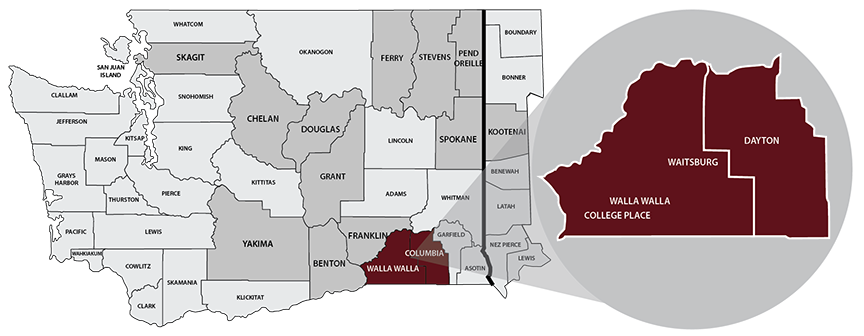About Us
The Walla Walla Trends project seeks to improve local, public decision making by providing relevant data in an easily navigable website. The data provided on this website is offered as neutral information. We leave it up to the citizens to apply the information according to their individual value judgment.
More specifically, the goals are:
- To collect and share a broad spectrum of information to support informed decision making by individual community members, governmental policy makers, non-governmental organizations, businesses, researchers and the press.
Featured Trend
0.1.1 Total Population and Annual Growth Rate: Population growth reveals much about a community. Popular communities experience high rates of growth, bringing wanted economic benefits. In many cases, however, growth can also lead to concerns over traffic, the environment and essential services such as education. Locations experiencing slow rates of population growth, or even depopulation, may face fiscal difficulties and a downward spiral of further population loss, especially of their youth. more information





